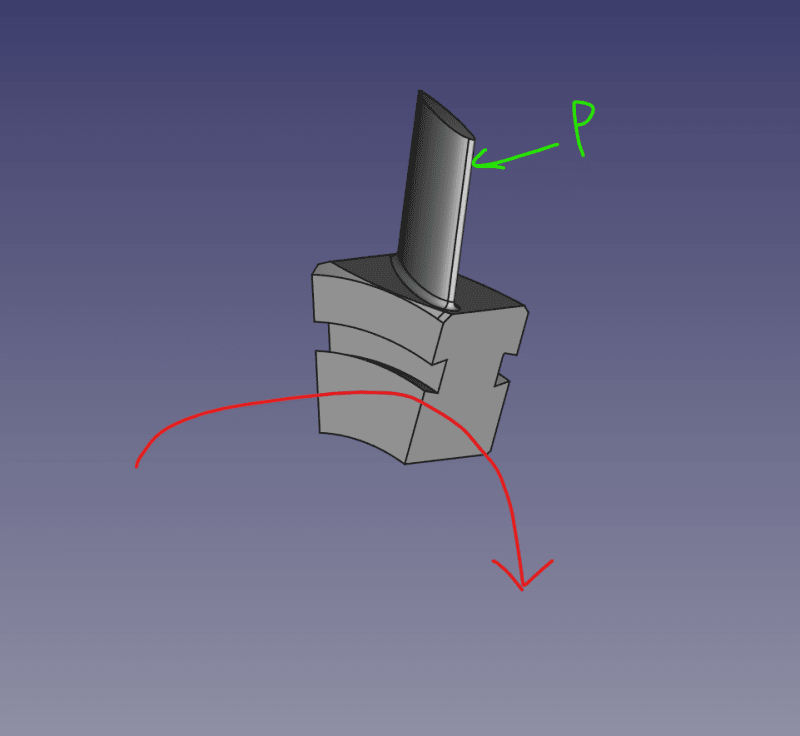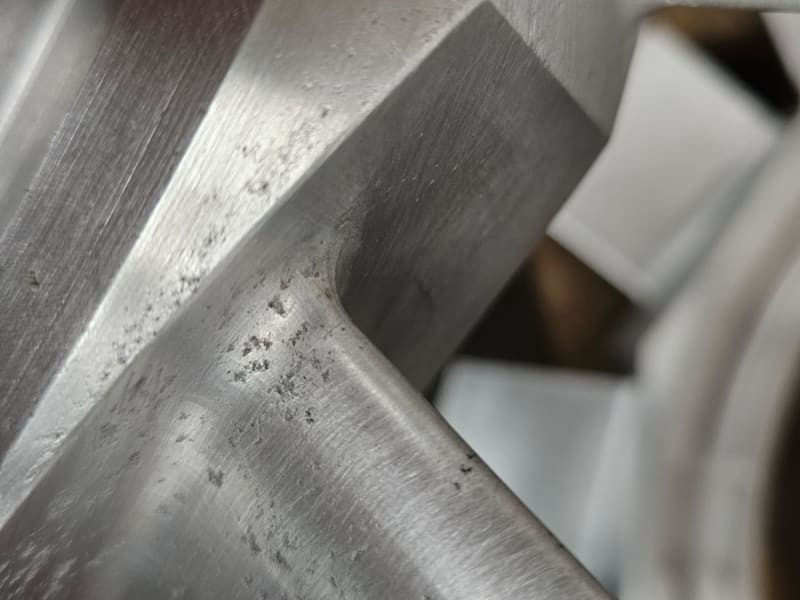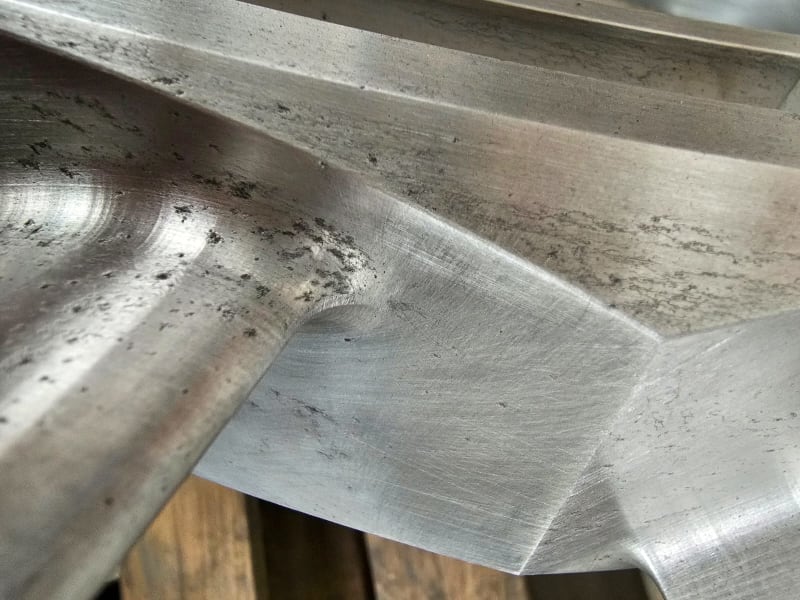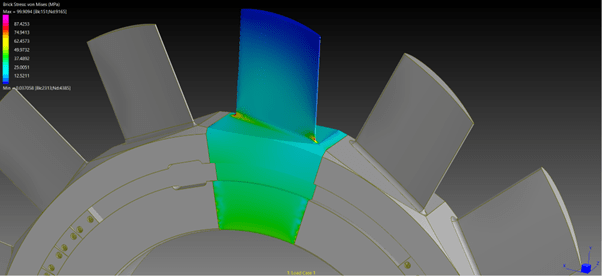jt2001
Electrical
- Apr 8, 2024
- 27
Hello,
I have a fan hub I am looking to get an idea of the stresses it is under.
Is there a way of appoximating the force normal to the surface given:
- Air/medium density
- Radial velocity
- Fanblade geometery
Kind regards,
JT

I have a fan hub I am looking to get an idea of the stresses it is under.
Is there a way of appoximating the force normal to the surface given:
- Air/medium density
- Radial velocity
- Fanblade geometery
Kind regards,
JT





